
Urban design is the art and science of shaping cities, towns, and villages, encompassing the design of buildings, public spaces, transport systems, services, and amenities. It integrates the processes that make up the urban environment and ensures functionality, aesthetics, and sustainability. The following are various types of urban design that address different aspects and scales of urban development:
1. Traditional Urban Design
Overview:
Traditional urban design focuses on creating human-scaled, pedestrian-friendly environments that reflect historical and cultural contexts. This approach often emphasizes the preservation of heritage and the use of classic architectural styles.
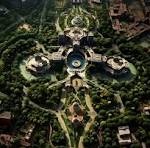
Key Features:
- Mixed-Use Development: Combines residential, commercial, and recreational spaces within close proximity to encourage walking and reduce reliance on automobiles.
- Street Networks: Grid or interconnected street patterns that facilitate easy navigation and access.
- Public Spaces: Emphasis on town squares, parks, and plazas that serve as social and community gathering points.
- Architectural Harmony: Use of consistent architectural styles and materials that reflect the local heritage and culture.
2. Modernist Urban Design
Overview:
Modernist urban design emerged in the early 20th century, characterized by an emphasis on functionality, simplicity, and the use of new materials and technologies. This approach often features high-rise buildings and a separation of different urban functions.
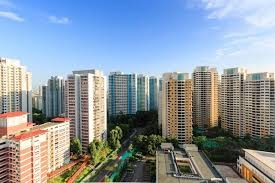
Key Features:
- Zoning: Segregation of residential, commercial, and industrial areas to optimize land use and functionality.
- High-Rise Buildings: Use of skyscrapers and high-density residential towers to maximize space efficiency.
- Open Spaces: Large green areas and parks designed to provide relief from urban density.
- Transportation Infrastructure: Emphasis on the development of roads, highways, and public transportation systems to support urban mobility.
3. Sustainable Urban Design
Overview:
Sustainable urban design prioritizes environmental stewardship, aiming to create urban environments that minimize negative impacts on the natural environment and promote long-term ecological balance.
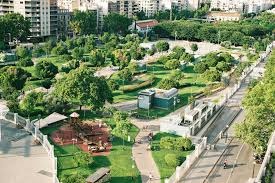
Key Features:
- Green Infrastructure: Integration of green roofs, urban gardens, and green corridors to enhance biodiversity and reduce urban heat islands.
- Energy Efficiency: Use of renewable energy sources, energy-efficient buildings, and sustainable construction practices.
- Water Management: Implementation of rainwater harvesting, permeable surfaces, and sustainable drainage systems to manage water resources effectively.
- Sustainable Transportation: Promotion of public transit, cycling, and walking to reduce carbon emissions and improve air quality.
4. New Urbanism
Overview:
New Urbanism is a movement that advocates for the development of walkable, mixed-use neighborhoods with a focus on community and sustainability. This approach seeks to counteract urban sprawl and promote social interaction.
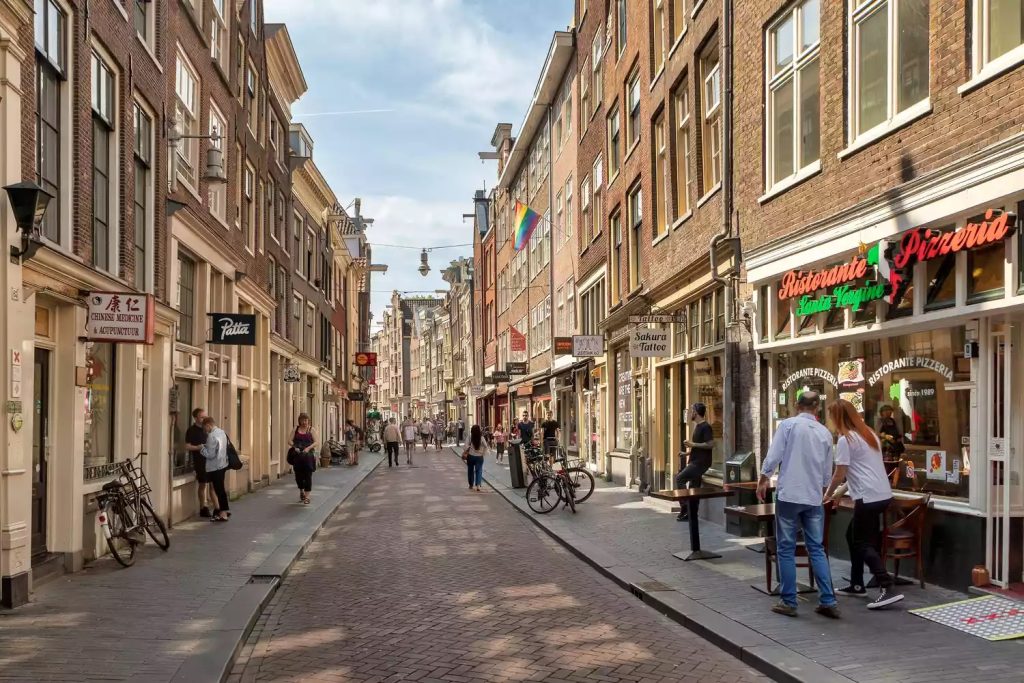
Key Features:
- Walkability: Design of pedestrian-friendly streets with wide sidewalks, street trees, and traffic-calming measures.
- Mixed-Use Development: Integration of residential, commercial, and civic uses within the same neighborhood to reduce travel distances and foster community interaction.
- Diverse Housing Options: Provision of a range of housing types and densities to accommodate different income levels and lifestyles.
- Public Spaces: Emphasis on creating vibrant public spaces, including parks, plazas, and community centers.
5. Landscape Urbanism
Overview:
Landscape urbanism emphasizes the role of natural systems and landscapes in shaping urban form. It advocates for the integration of natural and built environments to create resilient and adaptive urban spaces.
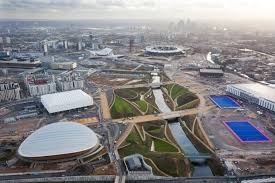
Key Features:
- Ecological Design: Incorporation of natural habitats, wetlands, and green spaces into urban development to support biodiversity and ecological health.
- Adaptive Reuse: Transformation of underutilized or abandoned urban areas into functional green spaces or community amenities.
- Resilience Planning: Design of urban environments that can adapt to climate change, extreme weather events, and other environmental challenges.
- Green Infrastructure: Use of green roofs, green walls, and urban forests to enhance the environmental performance of urban areas.
6. Transit-Oriented Development (TOD)
Overview:
Transit-Oriented Development focuses on creating compact, walkable communities centered around high-quality public transportation systems. The goal is to reduce dependence on cars and promote sustainable urban growth.
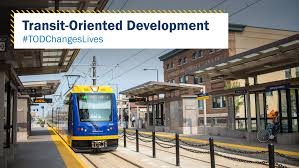
Key Features:
- Proximity to Transit: Development of residential, commercial, and recreational spaces within walking distance of public transit stations.
- Mixed-Use Development: Combination of different land uses to create vibrant, multi-functional neighborhoods.
- Pedestrian and Bicycle Infrastructure: Design of safe and accessible pedestrian and bicycle routes to encourage non-motorized transportation.
- Density and Compactness: Higher density development to support public transit and reduce urban sprawl.
7. Smart City Design
Overview:
Smart city design leverages technology and data to create more efficient, sustainable, and livable urban environments. This approach integrates digital infrastructure with urban planning to enhance the quality of life for residents.
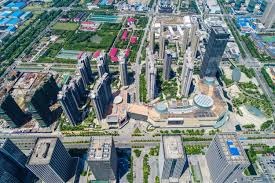
Key Features:
- Digital Connectivity: Implementation of high-speed internet, smart sensors, and data analytics to improve urban services and infrastructure.
- Intelligent Transportation Systems: Use of real-time data and technology to optimize traffic flow, public transit, and mobility options.
- Sustainable Resource Management: Smart grids, water management systems, and waste management technologies to improve resource efficiency.
- Citizen Engagement: Digital platforms and tools to facilitate community participation and decision-making in urban planning.
Conclusion
Urban design encompasses a wide range of approaches, each addressing different aspects and challenges of urban development. Whether focusing on traditional aesthetics, modern functionality, sustainability, community building, or technological integration, urban design plays a crucial role in shaping the environments where people live, work, and interact. By understanding and applying these various types of urban design, planners and designers can create cities and towns that are not only functional and efficient but also vibrant, sustainable, and inclusive.



